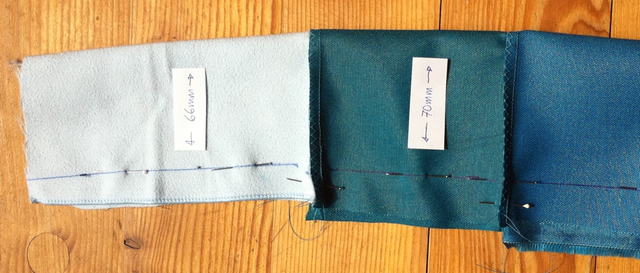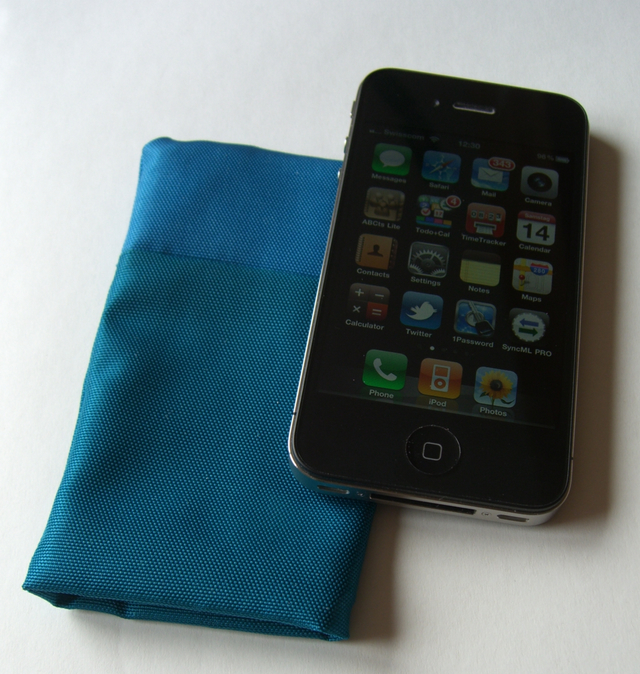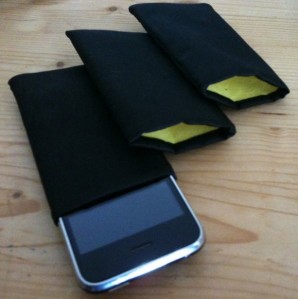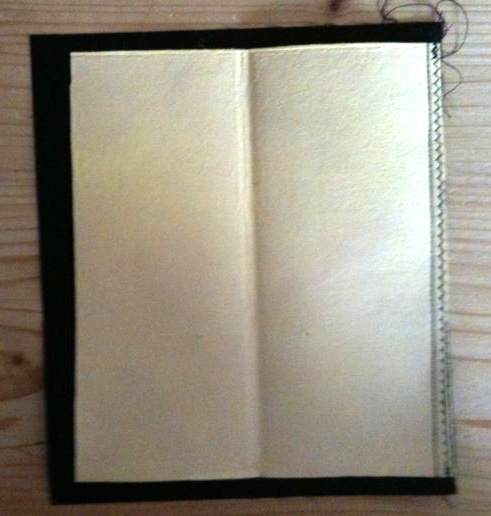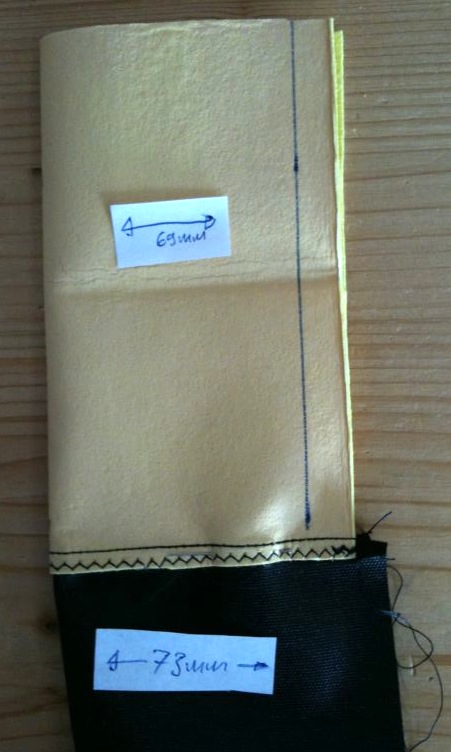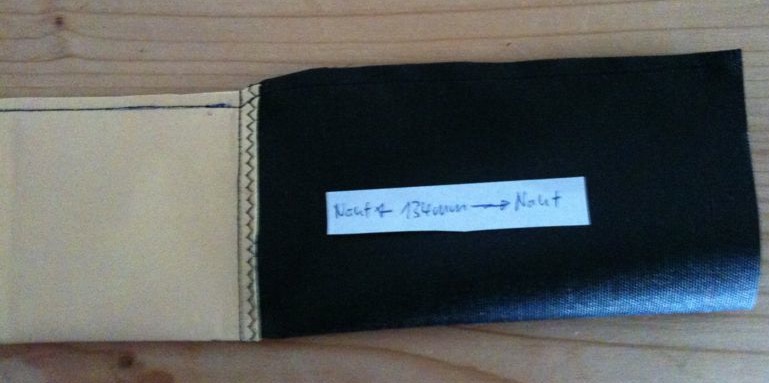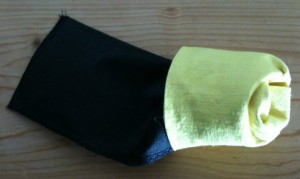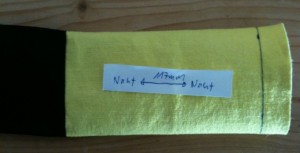The latest example of Apple’s walled garden policy around the iPhone – they apparently pulled Google Voice App – makes me think if the internet has really reached the mobile space.
Of course, technically it has, a long time ago. I could browse the internet with my Nokia 9210 communicator in 2001. But back then (and all the years full of PocketPC, Palm and Symbian smartphones, until the iPhone came out) it was a truly unpleasant experience, and it was easy to understand why not many used that painful kind of mobile internet.
Then the iPhone seemingly changed that. For the first time, a mobile device had a browser that actually was easy and even fun to use. The usability and smoothness of the UI however was only one half of the story, the other half was that Apple was able to force feed data plans to their customers that removed the fear of paying unpredictably huge amounts of money for mobile data usage. At the same time, they convinced the carriers to offer way more attractive data plans than ever before – still expensive, but at least affordable for many.
So for a while, it seemed the mobile internet was reality. But it is not. What we have is a marketing game played by the carriers selling “unlimited mobile internet” access but essentially refusing to provide the whole thing. Web, email, chat – yes, large downloads, streaming video, tethering – maybe, depending on your carrier’s mood, skype and VoIP – no.
And most importantly: true mobility – definitely no. If I leave the country, I’ll bankrupt myself within a few minutes of web surfing.
Today’s “mobile internet” is a walled garden, and relies on devices that help enforcing the wall. The iPhone is the most prominent example today, but Android or webOS aren’t any different in that respect.
Apple of course uses the control they have over the platform for other goals from their own agenda, but I suspect the absolutely predominat force behind all the lockdown efforts are the carriers that demanded a walled garden mobile internet from day one of the iPhone age, and still do so.
The other arguments brought forward to explain why locked down devices are good remind me a lot of long lost battles of the DRM age. Remember Microsofts “Longhorn”? The futile hope for security by technical means alone? While it won’t ever work, it’s still good for PR as Apple shows with the “hardware encryption” in the 3GS (which is apparently not providing much real security in its current state).
I’m optimistic for the future however. I think the walled garden mobile internet is nothing that can be kept up a long time. Rip-off data roaming prices will disappear, “unlimited” data plans with servere limitations will be replaced by plans that essentially charge for the bandwith you consume, but at a reasonable price for everyday use.
And once we have real mobile internet, walled garden devices will not make much sense any more. Especially no commerial sense for those that provide them, and that’s when the iPhone and other mobile platforms will open up.
That might take longer than I hope now, but I think it is inevitable.
The latest example of Apple’s walled garden policy around the iPhone – they apparently pulled the Google Voice App – makes me think if the internet has really reached the mobile space.
Of course, technically it has, a long time ago. I could browse the internet with my Nokia 9210 communicator in 2001. But back then (and all the years full of PocketPC, Palm and Symbian smartphones, until the iPhone came out) it was a truly unpleasant experience, and it was easy to understand why not many used that painful kind of mobile internet.
Then the iPhone seemingly changed that. For the first time, a mobile device had a browser that actually was easy and even fun to use. The usability and smoothness of the UI however was only one half of the story, the other half was that Apple was able to force feed data plans to their customers that removed the fear of paying unpredictably huge amounts of money for mobile data usage. At the same time, they convinced the carriers to offer way more attractive data plans than ever before – still expensive, but at least affordable for many.
So for a while, it seemed the mobile internet was reality. But it is not. What we have is a marketing game played by the carriers selling “unlimited mobile internet” access but essentially refusing to provide the whole thing. Web, email, chat – yes, large downloads, streaming video, tethering – maybe, depending on your carrier’s mood, skype and VoIP – no.
And most importantly: true mobility – definitely no. If I leave the country, I’ll bankrupt myself within a few minutes of web surfing.
Today’s “mobile internet” is a walled garden, and relies on devices that help enforcing the wall. The iPhone is the most prominent example today, but Android or webOS aren’t any different in that respect.
Apple of course uses the control they have over the platform for other goals from their own agenda, but I suspect the absolutely predominat force behind all the lockdown efforts are the carriers that demanded a walled garden mobile internet from day one of the iPhone age, and still do so.
The other arguments brought forward to explain why locked down devices are good remind me a lot of long lost battles of the DRM age. Remember Microsofts “Longhorn”? The futile hope for security by technical means alone? While it won’t ever work, it’s still good for PR as Apple shows with the “hardware encryption” in the 3GS (which is apparently not providing much real security in its current state).
I’m optimistic for the future however. I think the walled garden mobile internet is nothing that can be kept up a long time. Rip-off data roaming prices will disappear, “unlimited” data plans with servere limitations will be replaced by plans that essentially charge for the bandwith you consume, but at a reasonable price for everyday use.
And once we have real mobile internet, walled garden devices will not make much sense any more. Especially no commerial sense for those that provide them, and that’s when the iPhone and other mobile platforms will open up.
That might take longer than I hope now, but I think it is inevitable.
